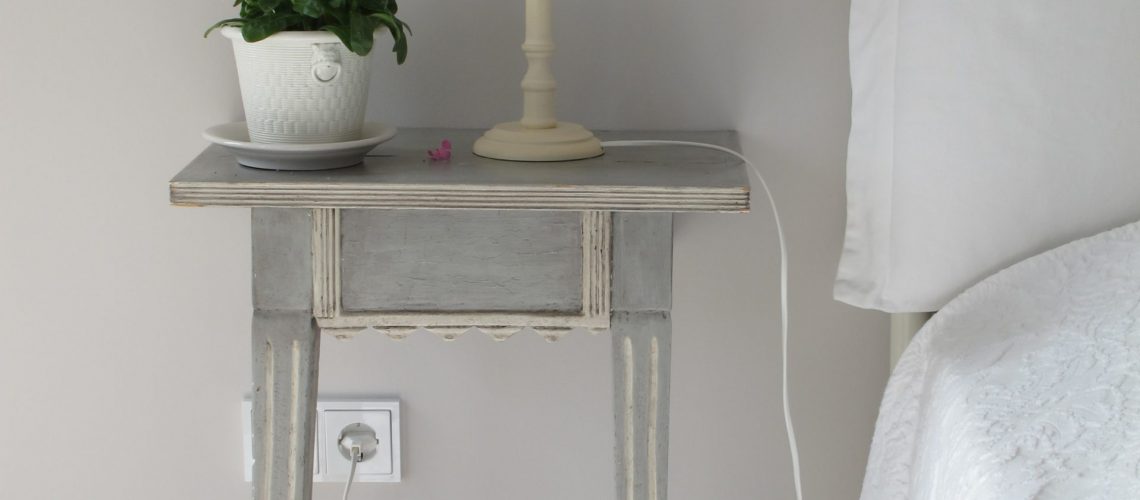By now you might have heard the terms ‘phantom electricity’ and ‘energy vampires’. Both refer to the fact that electronics and appliances use small amounts of electricity around the clock, even when they are not in use. Unplugging them can therefore save electricity. It is also safer than leaving them plugged in: an un-plugged toaster, for example, can not start a fire.
But having to unplug so many devices can be a cumbersome exercise. This inevitably brings us to an im-portant question:
How much electricity can you really save by unplugging electrical devices?
The answer might surprise you. The Lawrence Berkeley National Laboratory says the average American home has around 40 devices that constantly use electricity. While the individual power consumption of any of these devices is very small, combined these inactive (but plugged in) devices can account for up to 10 percent of household energy consumption.
That means you might be able to save more than an entire month’s bill every year if you unplug all devices when not in use.
That percentage has increased significantly since 1996 when researchers from Davis Energy Group and LBL estimated that around 5 percent of residential electricity consumption can be attributed to what they called ‘leaking electricity’.
If you are not convinced yet, it’s easy to measure exactly how much electricity your electronics and appli-ances are using when they’re inactive. Simply get yourself a hand-held electricity monitor. Plug this monitor into a power outlet and then plug the device you want to test into it while switched off. The power usage will be shown on a digital display. Do that with all your electrical devices and tally up the total.
How can you take the effort out of unplugging electrical devices when they’re not being used?
Let’s face it: having to regularly unplug your TV, stove, microwave, toaster, TV, VCR, scanners, printers, computers, and more (and then plug them in again when you need to use them) can quickly become a frus-trating job.
Fortunately, there’s a way to make it easier: use a power strip. This enables you to manage multiple devic-es with a single switch. And power strips don’t use any electricity when switched off. This effectively reduc-es phantom power usage for all the devices plugged into the strip to zero.
Other benefits of unplugging appliances
Unplugging your electrical devices when not in use also has other benefits. These include:
Protection against power surges
It does not even take a major surge from a transformer explosion or lightning strike to damage one or more of your electrical appliances. Small surges take place regularly when appliances such as your refrigerator’s compressor or your air conditioner turn on. In the long run, all these small surges systematically wear away at the rest of your appliances, effectively reducing their useful lifespan.
Unless you buy a whole-home power surge protection system or install individual surge protectors through-out your home, there is no better way to protect your devices against power surges than turning them off when not in use.
Reducing the risk of fire
When an electrical device remains plugged in when not in use, a malfunction can easily cause a fire. For example, you might be shocked to hear that, between 2007 and 2011, toaster ovens and toasters account-ed for around 3,000 fires and property damage of more than $27 million.
Although the risk of an electrical fire is fairly low when your devices are still relatively new and in good working order, as they (and the cables that lead to them) get older, this risk increases. The only way to cut this risk to zero is to keep these devices unplugged when you’re not using them.
Sources:
https://money.howstuffworks.com/personal-finance/budgeting/how-much-save-unplugging-appliances.htm
https://findanyanswer.com/can-a-toaster-be-left-plugged-in
https://findanyanswer.com/open-detail/320083A16


